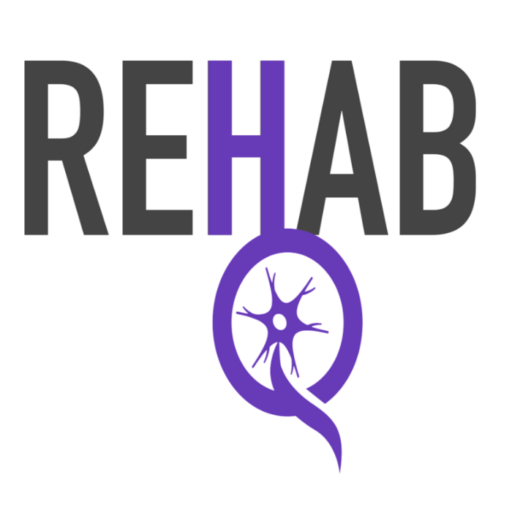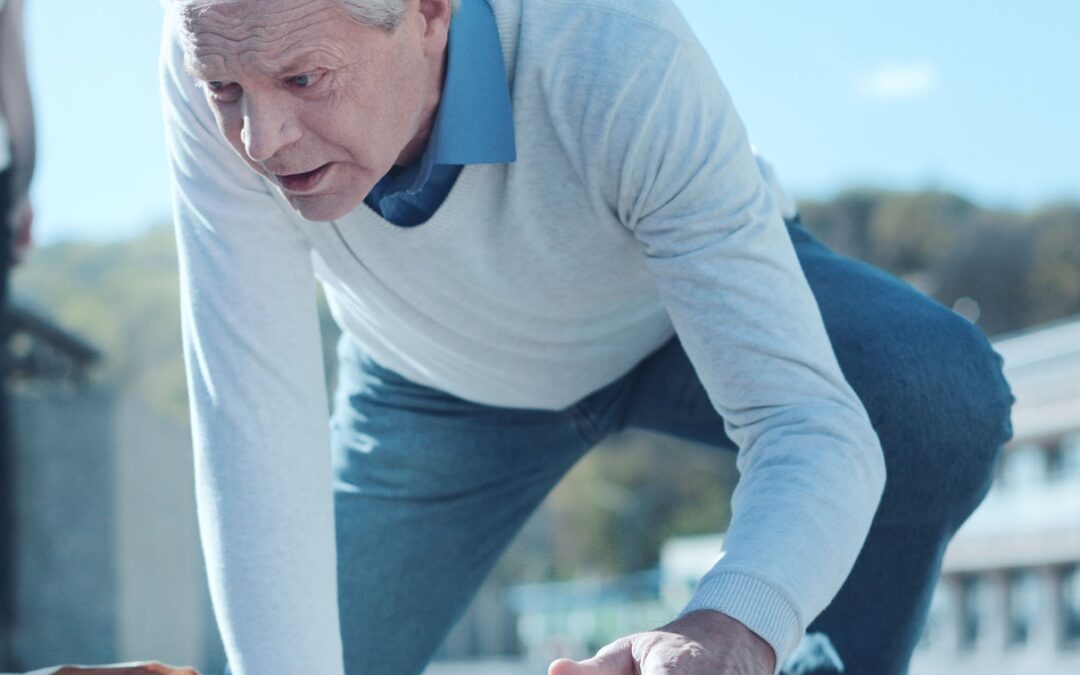Balance is an even distribution of weight within a base to maintain an upright position. Balance problems are very common after a stroke. Balance is a critical part of almost all of our daily activities. Lack of balance confidence can elicit fear and anxiety. More than that, a fall can be embarrassing and prevent you from enjoying the things that bring you joy.
Balance requires several parts of the body and body systems to work together. The eyes, ears, and sensory organs in muscles and joints need to work together to keep the body upright. So, how exactly does this work? Each one of these pieces is continuously sending information to the brain and the brain. The brain responds immediately with balance response reactions. Balance response reactions are automatic body adjustments that are necessary to prevent a fall.
Another way to understand how this system works is to think about how a segway works. A segway has sensors in it that are continuously “righting” the segway. The brain reacts in a similar way to the information it is receiving. The sensors in the muscles and joints work together with the eyes to send information to the brain. And again, similar to a segway, the brain is constantly responding to this information and sending commands to the body to keep it upright.
How does a stroke affect balance?
Depending on where a stroke occurs, it can affect motor control, vision, hearing, attention, reaction time, proprioception (knowing where the body is in space), spatial awareness, and/or coordination. A problem with any one of these areas can cause a balance problem. In addition to this, medications that control blood pressure, manage spasticity, control heart rate, and muscle relaxants may cause dizziness and this can also create balance problems.
How is balance tested?
There are three main components to balance.
First is steadiness. Steadiness is the ability to maintain an upright position with little to no movement or sway.
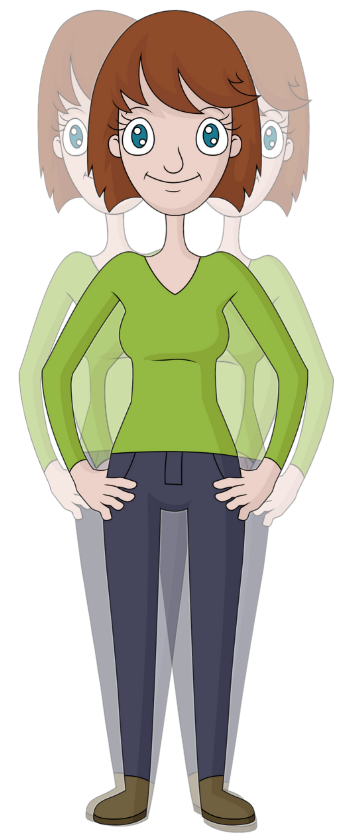
The second component is symmetry. Symmetry refers to the even or equal amount of weight on each leg.
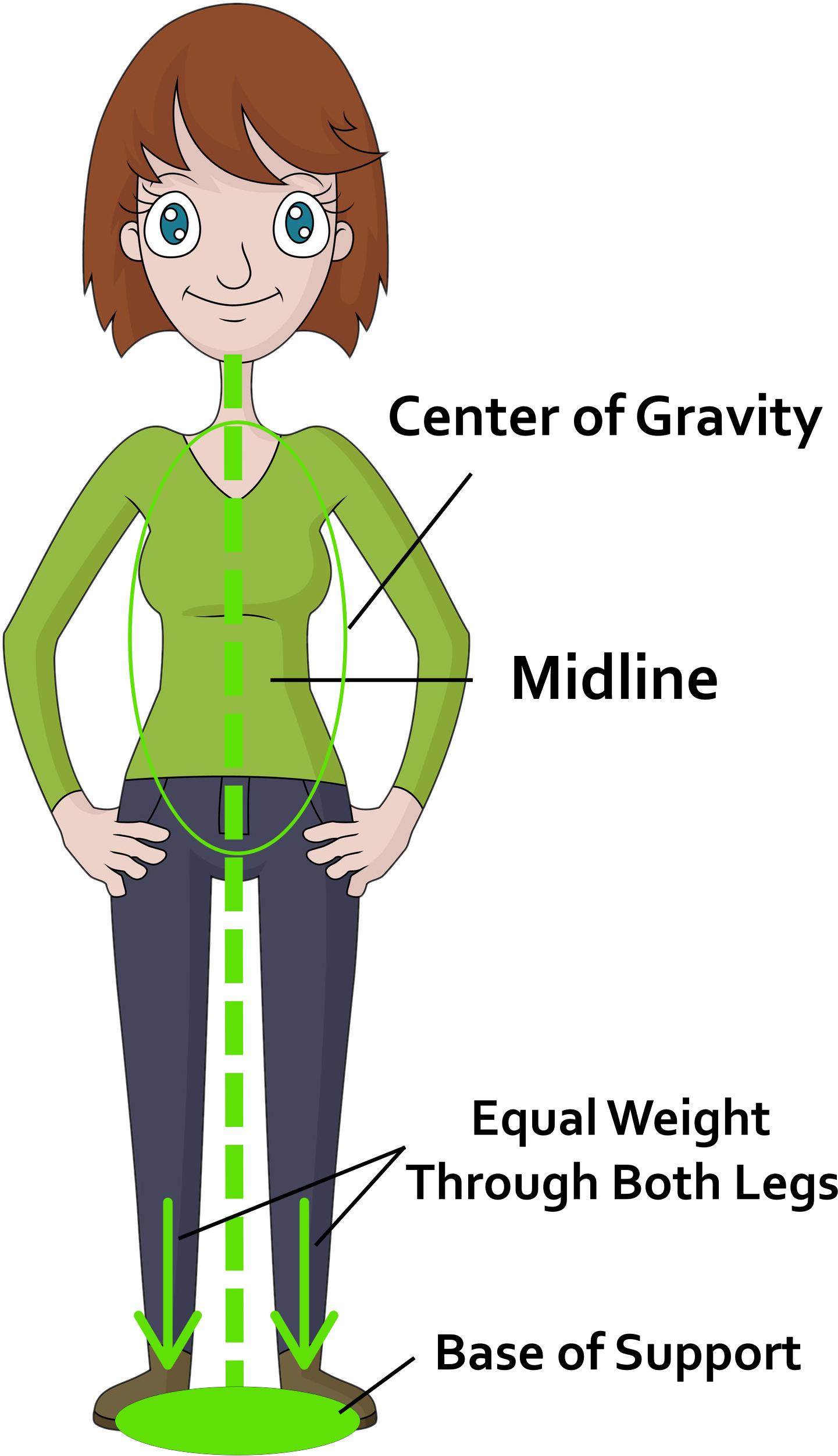
And finally, dynamic stability. Dynamic stability is the ability to move the body to the edges or even beyond the edges of the base without loss of balance.
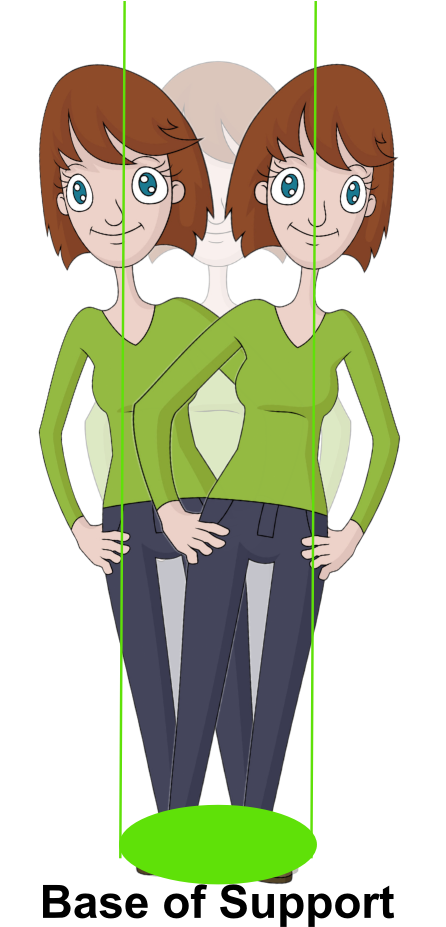
What are the key balance problems after a stroke?
Steadiness: Patients who have suffered a stroke, show difficulty maintaining a static position in standing
Symmetry: Patients also show more asymmetry in standing. There is a tendency to place more of the bodyweight on the uninvolved leg.
Dynamic Stability: Patients have decreased ability to move their body weight to the edges of their base without loss of balance
